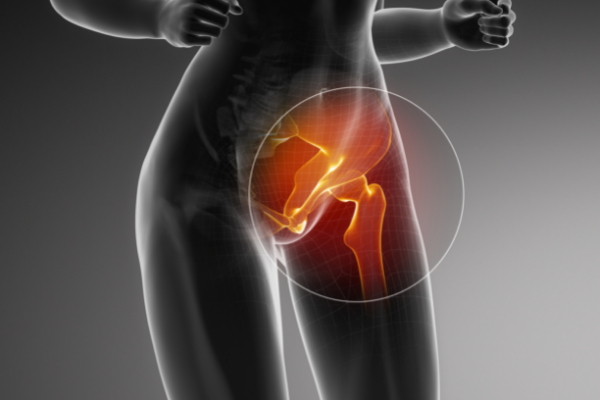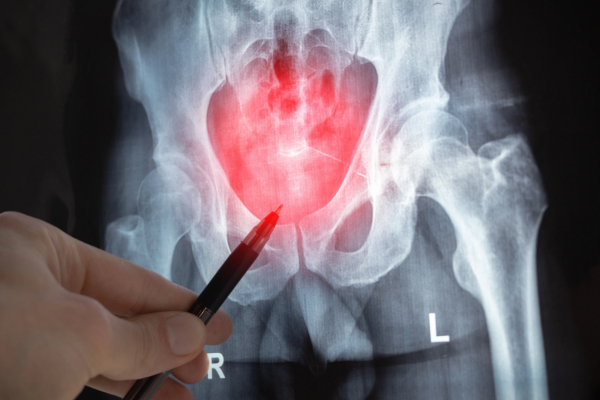Hip Arthroscopy
Hip arthroscopy is a minimally invasive keyhole surgery used to diagnose and treat problems inside the hip joint, such as labral tears, impingement, and cartilage damage. Mr Mark Webb is a specialist in hip preservation surgery, helping active patients relieve pain and restore function without the need for hip replacement.

What Is Hip Arthroscopy?
Hip arthroscopy is a keyhole procedure used to diagnose and treat problems inside the hip joint. It involves inserting a small camera and instruments through tiny incisions to repair damage such as labral tears or impingement.
It’s less invasive than traditional surgery, often done as a day case, and allows for faster recovery with minimal scarring.
What Can Hip Arthroscopy Treat?
Labral tears
Femoroacetabular impingement (FAI)
Cartilage damage
Synovitis
Loose bodies in the joint
Hip instability
Early arthritis
Is Hip Arthroscopy Right for You?
- Ideal for younger or active patients with mechanical hip pain
- Often used for patients with pain during twisting, pivoting, or prolonged sitting
- Requires healthy joint surfaces — not suitable for advanced arthritis
- Mr Webb will assess your imaging and symptoms to determine suitability

What to Expect from the Procedure
Before surgery
- MRI or CT scan may be needed
- Pre-operative assessment
- Discussion of risks, benefits, and recovery
During surgery
- Procedure lasts 1–2 hours
- Performed under general anaesthetic
- Most patients go home the same day
After surgery
- Crutches for 1–2 weeks
- Physiotherapy starts early
- Return to sport/work within 6–12 weeks (depends on condition)
Why Choose Mr Mark Webb for Hip Arthroscopy?
- Fellowship-trained in hip preservation and sports injuries
- Performs hip arthroscopy regularly at leading hospitals
- Focused on minimally invasive joint-preserving techniques
- Trusted by athletes and active professionals
- Personalised care and consultant-led recovery planning
Frequently Asked Questions
Do I need a scan before hip arthroscopy?
Yes. In most cases, Mr Mark Webb will recommend an MRI or CT scan to assess the joint in detail before confirming whether hip arthroscopy is appropriate. These scans help identify issues like labral tears, cartilage damage, or bony impingement that may not show up on X-rays.
How long is the recovery after hip arthroscopy?
Recovery varies depending on the condition treated, but most patients return to light activity within 2–4 weeks, and more demanding activity or sport within 6–12 weeks. Physiotherapy plays a key role in a successful outcome, and Mr Webb will guide your rehabilitation plan.
Is hip arthroscopy painful?
Patients are under general anaesthetic during the procedure, so there’s no pain during surgery. Some discomfort is normal afterward, but pain is usually well-managed with medication and improves quickly in the first week. Most patients experience less pain than expected and are up and moving the same day.
Will hip arthroscopy stop me from needing a hip replacement in the future?
It can help. Hip arthroscopy is often used to treat problems before arthritis becomes severe. In some cases, it can delay or prevent the need for hip replacement, especially in younger, active patients. However, it’s not suitable for joints with advanced arthritis.

